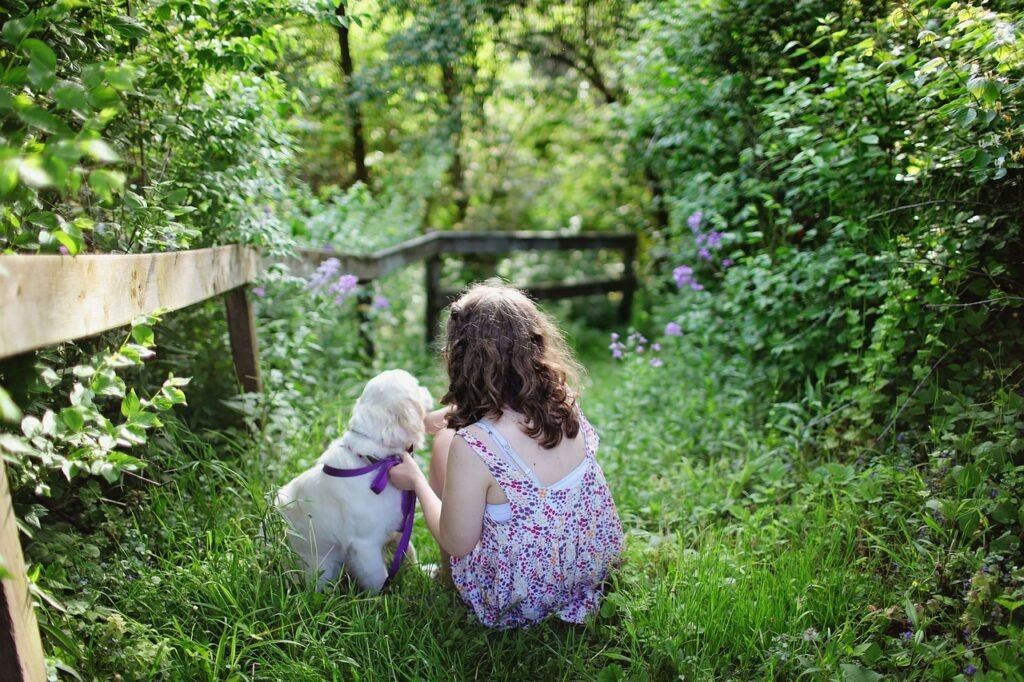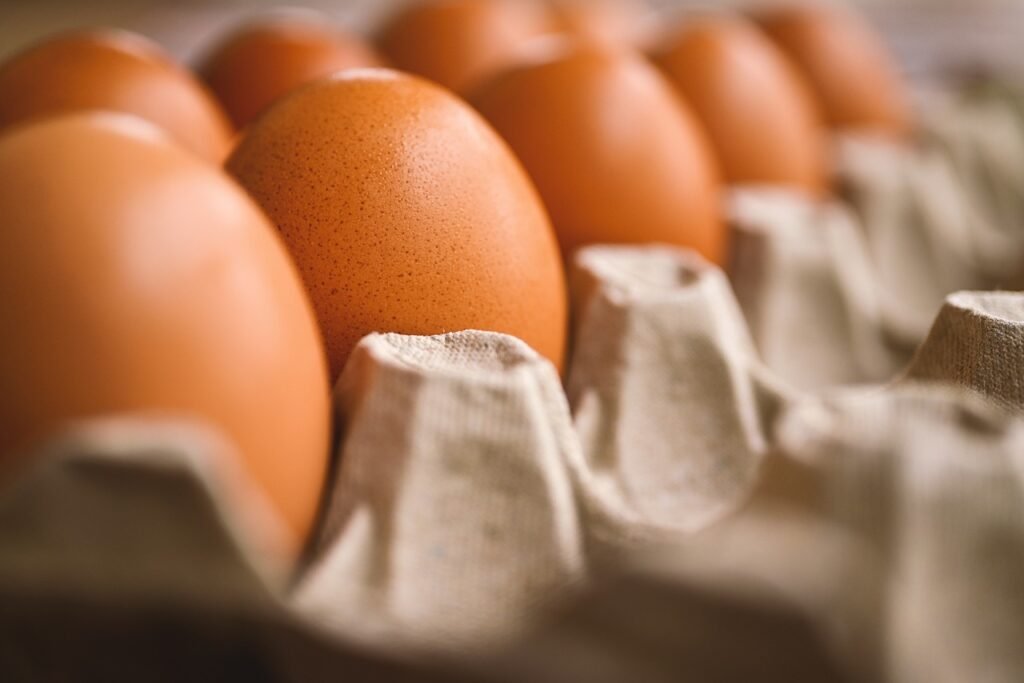Sustainable Gardening: Why This Complete Guide Is More Important Than Ever

Many gardeners are looking for ways to help the planet. An important fact is that sustainable gardening can make a big difference. Our article will show you how to create a garden that’s good for the environment and easy to care for.
Let’s get started!
Key Takeaways:
- Sustainable gardening is a vital practice that maintains garden health without harming the environment, focusing on biodiversity conservation, water saving, reduced chemical use, and recycling of waste.
- Adopting sustainable methods like composting green waste, collecting rainwater for irrigation, and planting native species can greatly reduce our ecological footprint and contribute to a healthier ecosystem.
- Critical steps in sustainable gardening include conserving water, reducing fossil fuel energy usage by opting for hand tools or electric alternatives, planting native plants to support local ecosystems, and composting to enrich the soil naturally.
- Implementing eco – friendly practices such as minimizing water waste through drip irrigation systems and mulch; using less energy with efficient tools; selecting plants that require fewer resources; and cutting back on fertilizers promote an environmentally responsible backyard.
- Resources like books on sustainable gardening provide valuable information for adopting greener practices while choosing the right tools made from recycled materials or designed for low energy consumption helps gardeners minimize their impact on the planet.
What is Sustainable Gardening

Sustainable gardening involves practices that maintain a garden’s health and productivity without harming the environment. This approach supports biodiversity, conserves water, reduces the need for chemical fertilizers and pesticides, and promotes recycling of garden waste.
Gardeners adopt techniques like composting green waste to enrich soil naturally, using rain barrels to collect water for irrigation, and planting native species that thrive in local conditions without extra resources.
This eco-friendly way of gardening aligns with efforts to preserve natural habitats and reduce human impact on the planet.
Understanding sustainable gardening provides a foundation for implementing methods that benefit both your garden and the surrounding ecosystem. Next, we delve into why sustainable gardening is becoming increasingly important in today’s world.
The Importance of Sustainable Gardening in Today’s World

Gardening practices have evolved tremendously over the years, giving rise to a significant shift towards sustainable methods. Today’s environmental climate demands that we adopt gardening techniques which conserve natural resources and reduce pollution.
This approach not only preserves water, soil, and biodiversity but also contributes to maintaining a healthy ecosystem. Emphasizing the use of fewer resources, sustainable gardening embodies creating landscapes that demand minimal maintenance while offering maximum benefits to our environment.
As gardeners become more conscious of their ecological footprint, the adoption of sustainable gardening practices becomes crucial in combating environmental challenges. Strategies such as composting green waste, conserving water, and planting native species play pivotal roles in this green revolution.
These methods not only enhance the local ecosystem but also pave the way for gardens that thrive with lesser reliance on chemical inputs. The move towards sustainability is no longer an option but a necessity for those aiming to create eco-friendly spaces that align with today’s global efforts to protect our planet.
Key Steps in Sustainable Gardening
Mastering sustainable gardening involves a few critical steps that pave the way for a healthier planet right from your backyard, urging you to take action for a greener tomorrow.
Conserve water and control water runoff
Saving water is a cornerstone of sustainable gardening, and controlling runoff plays a crucial role in this effort. By collecting rainwater in barrels or creating rain gardens, gardeners can reduce their reliance on municipal water systems.
This method not only conserves precious resources but also prevents harmful pollutants from washing into local waterways. Using drip irrigation systems instead of traditional sprinklers can target water directly to where plants need it most, minimizing waste.
Moving forward, reducing fossil fuel energy use is another essential step in creating a more sustainable garden.

Reduction of fossil-fuel energy usage
Moving from the importance of water conservation, another critical step in sustainable gardening involves reducing the reliance on fossil fuels. Traditional gardening methods often depend on machinery and tools powered by fossil fuels, contributing significantly to carbon emissions.
By switching to hand tools or electric alternatives charged with renewable energy, gardeners can cut down their carbon footprint. Implementing such changes not only aligns with sustainable gardening principles but also promotes a healthier environment.
Opting for manual over mechanized tools whenever possible drastically reduces energy consumption in garden maintenance tasks. This practice encourages eco-friendly approaches like using push mowers instead of gas-powered ones or selecting battery-operated weed trimmers that can be recharged through solar panels.
Through these actions, adherents of sustainable gardening for beginners and experts alike make impactful strides toward minimizing the environmental effects associated with traditional horticultural practices.
Planting native plants for local ecosystems
Planting native plants plays a crucial role in sustainable gardening by supporting local ecosystems. These plants are naturally adapted to the climate and soil conditions of the area, making them easier to grow without extra water, synthetic fertilizers, or pesticides.
This not only conserves resources but also reduces pollution in air and water. Native flora provides essential habitats and food sources for local wildlife, contributing significantly to biodiversity.
Incorporating native species into gardens enhances environmentally friendly practices such as composting and mulching. Since these plants require less maintenance compared to non-native varieties, gardeners save time and effort while fostering a healthier environment.
This approach aligns perfectly with sustainable gardening goals by restoring natural habitats and protecting wildlife. Through this practice, gardeners play a vital part in creating eco-friendly backyards that flourish with life and beauty year after year.

Composting green waste
After discussing the planting of native plants for local ecosystems, it’s essential to consider another crucial aspect of sustainable gardening: composting green waste. Composting these materials not only reduces landfill waste but also enriches the soil with valuable nutrients.
As a result, garden soils improve in structure and moisture retention, fostering healthier and more resilient plant growth. This practice demonstrates an easy yet impactful method to enhance your garden’s sustainability while minimizing its environmental footprint.
Engaging in composting turns kitchen scraps and yard debris into a nutrient-rich soil amendment that benefits your garden without relying on chemical fertilizers. By retaining moisture better, this organic matter supports plant health during dry spells, making gardens more drought-resistant.
Encouraging this cycle within one’s own backyard contributes significantly towards reducing the overall environmental impact of gardening activities, aligning perfectly with principles of sustainable living and self-sustainable gardening practices.
Sustainable Gardening Tips for an Eco-Friendly Backyard

Transforming your backyard into an eco-friendly oasis requires smart, sustainable gardening practices. Learn how to make a positive impact on the environment right from your own outdoor space.
Minimizing water waste
Implementing drip irrigation systems, adding mulch around plants, and opting for drought-resistant varieties are proven methods to minimize water waste in sustainable gardening. These techniques ensure that water goes directly where it’s needed most, reducing evaporation and runoff.
They also promote a healthier root system by delivering moisture right to the plant’s base. This approach not only conserves vital resources but also creates a more self-sufficient garden.
Choosing these water-efficient practices can drastically cut down on your garden’s demand for water, aligning with the principles of sustainable gardening. By focusing on minimizing water waste, gardeners take an important step towards creating eco-friendly backyards that require less maintenance while preserving precious natural resources.
Next up, let’s explore how using less energy contributes further to our sustainability goals.
Using less energy
Sustainable gardening focuses on reducing energy consumption through eco-friendly practices. You can achieve this by selecting energy-efficient tools and equipment, such as electric or manual garden tools that consume less power compared to their gas-powered counterparts.
Opting for renewable energy sources like solar panels for outdoor lighting and irrigation also plays a critical role in minimizing the overall energy footprint of your backyard.
Another effective strategy involves creating a low-maintenance landscape to cut down on the need for energy-intensive gardening activities such as mowing, trimming, and weed control.
These sustainable gardening methods not only contribute to lower energy usage but also support a healthier environment by relying more on natural resources and less on artificial inputs.
Next, we explore how choosing appropriate plants enhances sustainability in your garden.

Creating Your Healing Garden
Starting a healing garden can be both therapeutic and rewarding. Choose a sunny spot in your yard and consider plants that are suitable for your region’s climate. Remember to use organic soil and avoid chemical pesticides to keep your remedies as natural as possible. To learn more about creating a healing garden Click Here
Selecting appropriate plants
From reducing energy use, the next logical step in creating an eco-friendly backyard is selecting appropriate plants. This involves choosing native plants, drought-resistant species, and those that attract and support local pollinators.
Such selections not only ensure your garden thrives with minimal artificial intervention but also contribute significantly to soil health and local biodiversity. These efforts align perfectly with sustainable gardening’s goal of enhancing ecosystem resilience.
Opting for native plants over exotic species reduces the need for water, fertilizers, and pesticides, since these plants have adapted to local conditions over thousands of years. They provide the essential habitat for numerous beneficial insects and birds, strengthening the web of life in your own backyard.
By carefully picking out suitable plants for your garden space, you play a vital role in protecting natural resources and promoting a healthier planet. This approach embodies the true spirit of sustainable gardening—leveraging nature’s gifts to create beautiful spaces that give back more than they take.
Minimizing use of fertilizers
Cutting back on fertilizers plays a crucial role in sustainable gardening practices. This approach helps decrease pollution and promotes healthier soil. By relying less on chemical fertilizers, gardeners support local wildlife and reduce harmful runoff into nearby water sources.
Alternatives like composting enrich the soil naturally, fostering a thriving garden ecosystem.
Exploring organic options strengthens the relationship between your garden and its surrounding environment. It encourages beneficial insects to visit, which aids in pollination and natural pest control.
The next step, focusing on organic gardening techniques, further emphasizes eco-friendly choices for a sustainable backyard oasis.
The importance of organic gardening
Organic gardening stands at the core of sustainable gardening practices, offering a powerful method to cultivate healthier soil and plants without relying on harmful chemicals. This approach aligns well with sustainable gardening ideas, emphasizing the importance of preserving environmental health and promoting biodiversity in our gardens.
By adopting organic techniques, gardeners play a crucial role in reducing pollution and enhancing the ecological balance.
Opting for organic methods enriches the soil naturally, ensures that plants are more resilient to pests and diseases, and supports local wildlife—creating a vibrant ecosystem right in one’s backyard.
These practices showcase a commitment to protecting our planet while yielding nutritious produce free from synthetic inputs. Through organic gardening, individuals contribute significantly to sustainable living efforts by fostering an environment that thrives now and for future generations.
Sustainable Gardening Resources
For those eager to deepen their sustainable gardening journey, a wealth of resources awaits. From insightful books that shed light on eco-friendly practices to cutting-edge tools designed for efficiency, these materials guide enthusiasts towards a greener path.
Sustainable gardening books
Sustainable gardening books are essential tools for anyone interested in greening their garden practices. These publications deliver valuable information on how to create eco-friendly landscapes that thrive with minimal impact on the environment.
Readers can discover effective ways to grow plants while conserving water, improving soil health, and controlling pests naturally. With a focus on practical tips and techniques, these books guide enthusiasts through the process of reducing resource use in their gardens.
The growing interest in sustainable living has made these guides more crucial than ever. A standout example is “The Sustainable Gardening Book,” which was published recently and quickly became a go-to source for gardeners around the globe.
Offering detailed advice on selecting the right plants for local ecosystems, this book covers everything from composting green waste to minimizing energy usage in the garden. It stands as a comprehensive resource for adopting sustainable gardening practices at home or in community spaces, ensuring readers have all they need to start making positive changes right away.
Sustainable gardening tools
Choosing the right tools plays a vital role in sustainable gardening. Tools that require less energy and are made from recycled or eco-friendly materials support your garden’s health while minimizing environmental impact.
Look for hand-powered tools like push mowers, solar-powered water pumps, and compost bins constructed from sustainably sourced wood or recycled plastics. These products help you reduce fossil fuel usage and lower your carbon footprint as you tend to your garden.
Investing in durable, high-quality gardening equipment can also lead to long-term sustainability. Opt for tools with replaceable parts and those that come with warranties; this ensures they last longer, reducing the need for frequent replacements.
Biodegradable pots, rainwater harvesting systems, and ergonomic hand tools designed to minimize physical strain are examples of sustainable gardening tools that promote both environmental care and personal well-being.
By selecting these types of products, gardeners contribute significantly to conserving resources and supporting sustainable practices at home.
Sustainable gardening services
Sustainable gardening services offer solutions for those aiming to maintain their gardens in ways that benefit the environment. These services focus on practices like composting, organic pest control, and efficient water usage.
They help gardeners reduce their chemical use, lower their carbon footprint, and harness the power of nature to manage pests and diseases.
Experts in sustainable gardening also emphasize planting native species which thrive without excessive watering or care. This approach not only cuts down on maintenance but also supports local wildlife and ecosystems.
By choosing such services, you take a significant step towards combatting climate change through your gardening efforts.
Sustainable Gardening Wrap Up
This complete guide shines a light on the essential steps for crafting an eco-friendly garden that not only blooms beautifully but also benefits our planet greatly. With practical tips and comprehensive insights, it paves the way for gardeners to adopt sustainable practices effortlessly.
These methods ensure a healthier environment while still providing stunning outdoor spaces for everyone to enjoy. It proves beyond doubt that creating a sustainable garden is not just good gardening practice; it’s vital for the welfare of our Earth.
Let this guide inspire you to make positive changes in your backyard, contributing significantly to a greener tomorrow.
Frequently Asked Questions
Sustainable gardening means growing plants in ways that are good for the environment, using techniques and tools that don’t harm the earth.
Practicing sustainable gardening at home helps the planet by reducing your carbon footprint, conserving water, and creating a healthier place for plants, animals, and people.
Yes! Urban gardeners can use containers or small spaces to grow plants sustainably. There are many tips and techniques specifically for city environments to make green spaces thrive.
Benefits include fresher food right from your garden, saving money on groceries, improving air quality around your home, and providing habitats for local wildlife.
While you can use many common gardening tools, there are also specific products designed with sustainability in mind like biodegradable pots or solar-powered water systems.
There are courses available online and possibly workshops near you where experts teach how to design a garden sustainably, pick the right plants for your area without needing chemicals, and how to manage pests naturally.



